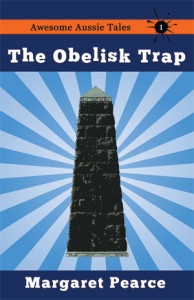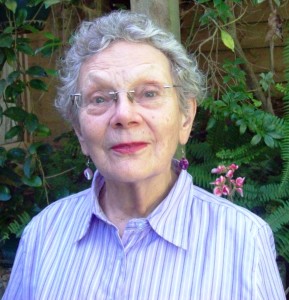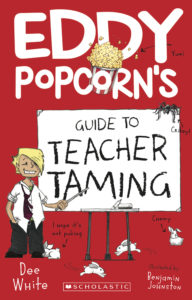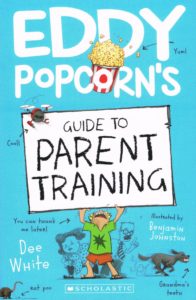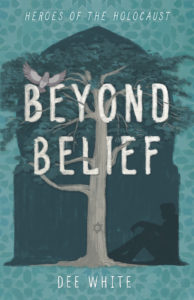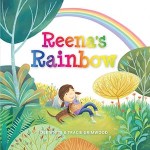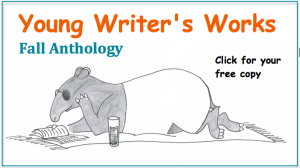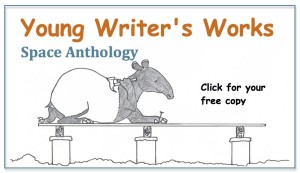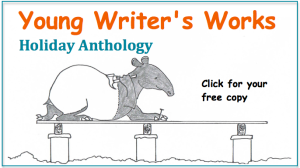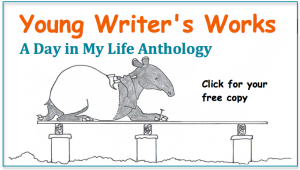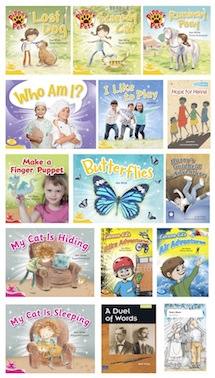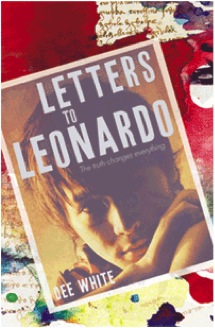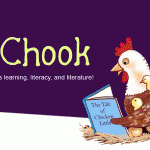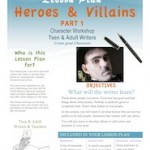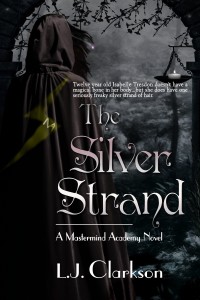 LJ Clarkson is the author of The Silver Strand, an MG Fantasy Adventure for 9-12 year olds, The Silver Strand is Book 1 in the Mastermind Academy Series.
LJ Clarkson is the author of The Silver Strand, an MG Fantasy Adventure for 9-12 year olds, The Silver Strand is Book 1 in the Mastermind Academy Series.
ABOUT THE SILVER STRAND
Ever since twelve year old Isabelle Tresdon’s silver strand of hair sprouted, it’s been nothing but trouble: bleeding pink dust and sparking like a firecracker. Refusing to be known as the girl with the freaky, grandma hair, she wishes it never grew and the hair withers and tarnishes.
The only problem is, the strand is Isabelle’s source of magic, and she can transform particles of energy into matter. It’s also her ticket into Mastermind Academy, a secret school inside the earth’s core. Five days remain before the strand drains her magic and life, forcing Isabelle to enter into a deal with two trickster Masterminds to save it. But what she doesn’t count on is that there is more at stake than just her life.
THE INSPIRATION FOR THE SILVER STRAND
I wrote The Silver Strand when I found my first grey hair (yikes!), and thought it would be cool to have a hair with magical powers as it’s really different.
1. Characters need to have strengths and weaknesses which affect their journey. Otherwise they’ll be too perfect and the reader can’t relate to them. For example, in The Silver Strand, my character Boldrick, who is a man trapped inside the body of a cat, has excellent animal senses and can sense a storm a mile away by the whistle of wind on his whiskers! But he has poor reflexes and crashes the flying machine!
2. A book doesn’t always need to have a bad guy. The problem(s) characters face create something for the character to remedy and conquer.
3. A story must have 3 acts. Act 1 – a beginning where you introduce the characters and their problem. Act 2 – a middle where the character tries to solve the problem but something happens and they fail. Act 3 – the end where the character’s problem is resolved.
4. The ending of a chapter should be left on a cliffhanger, like your character gets into a tight spot and can’t escape. This makes the reader want to continue reading.
5. If a character has magical powers, there must be a limit to their powers, otherwise they’ll be so invincible that no enemy can beat them, and that would just be boring zzzzz.



